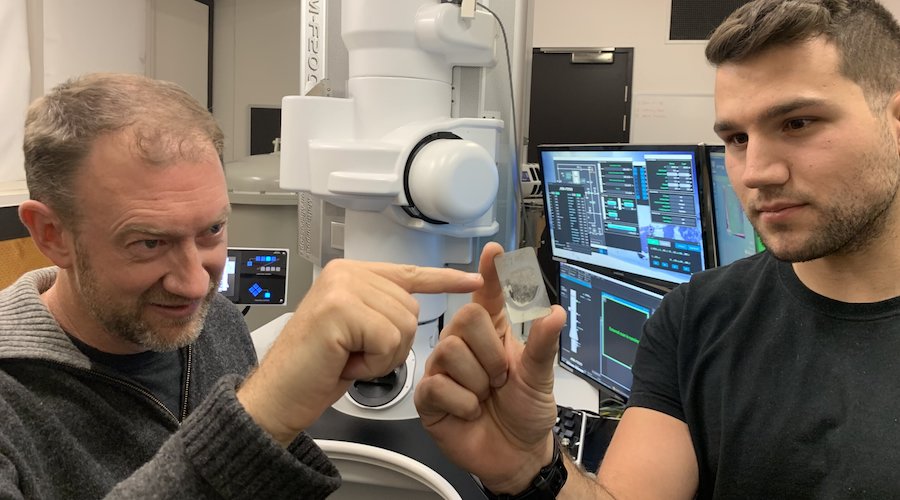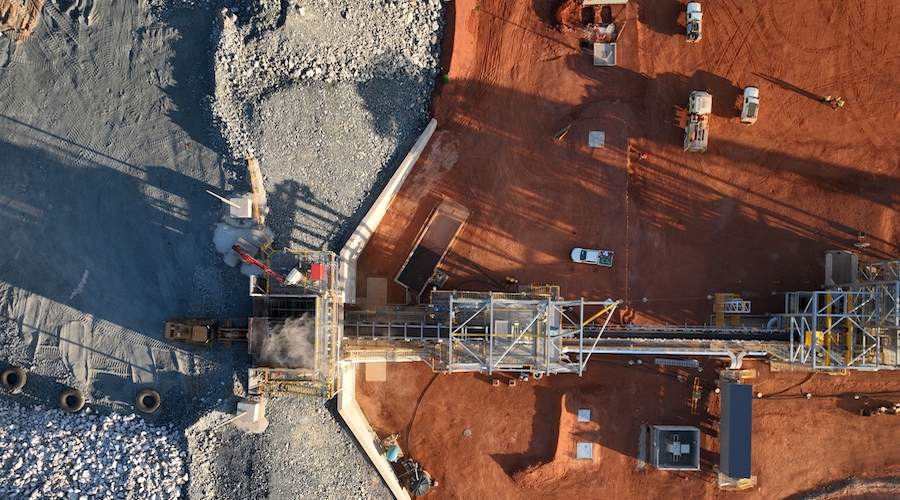Strange diamonds from ancient dwarf planet could be key for next-gen machinery

A recent study published in the journal Proceedings of the National Academy of Sciences states that strange diamonds from an ancient dwarf planet in our solar system could lead to the production of ultra-hard machine parts.
Led by scientists at Monash University in collaboration with colleagues from CSIRO, the Royal Melbourne Institute of Technology, the Australian Synchrotron and Plymouth University, the research has confirmed the existence of lonsdaleite in ureilite meteorites from the dwarf planet’s mantle.
Named in honour of pioneering British crystallographer Dame Kathleen Lonsdale, lonsdaleite is a rare, hexagonal-shaped diamond believed to be stronger and harder than its more typical cubic cousin. Its existence, however, has been a controversial topic among researchers.
But by using a range of cutting-edge science techniques on the largest sample of ureilite meteorites to date, the new study provides clear evidence of lonsdaleite’s formation in nature, offering clues to its synthetic production.
“If something that’s harder than diamond can be manufactured readily, that’s something industry would want to know about,” Colin MacRae, one of the scientists involved in the paper, said.
How lonsdaleite is created
The study, which was led by geology professor Andy Tomkins from Monash University, reveals a novel process in which the lonsdaleite was created following the collision of the dwarf planet with a large asteroid about 4.5 billion years ago. This led to the replacement of graphite crystals in the dwarf planet’s mantle facilitated by a super-hot fluid as it cools and decompresses.
“We propose that lonsdaleite in the meteorites formed from a supercritical fluid at high temperature and moderate pressures, almost perfectly preserving the textures of the pre-existing graphite,” Tomkins said. “Later, lonsdaleite was partially replaced by diamond as the environment cooled and the pressure decreased.”
In other words, the parent asteroid was catastrophically disrupted by a giant impact while the mantle was still very hot, creating the ideal conditions for lonsdaleite and then diamond growth as the pressure and temperature decreased in a fluid and gas-rich environment.
“Nature has thus provided us with a process to try and replicate in industry,” Tomkins said. “We think that lonsdaleite could be used to make tiny, ultra-hard machine parts if we can develop an industrial process that promotes the replacement of pre-shaped graphite parts by lonsdaleite.”
More News
US stocks surge most in 5 years as Trump delays some tariffs
The S&P 500 Index surged more than 7% in afternoon trading.
April 09, 2025 | 11:14 am
Liontown kicks off production at Australia’s first underground lithium mine
Miner said the successful start of underground production stoping from the Mt Mann orebody is a "key milestone".
April 09, 2025 | 10:52 am
Chile mining minister expects short-term copper demand to slow due to tariffs
The country would hope for a competitive advantage at the low-end of tariff range, Mining Minister Aurora Williams said.
April 09, 2025 | 09:40 am
{{ commodity.name }}
{{ post.title }}
{{ post.excerpt }}
{{ post.date }}




Comments